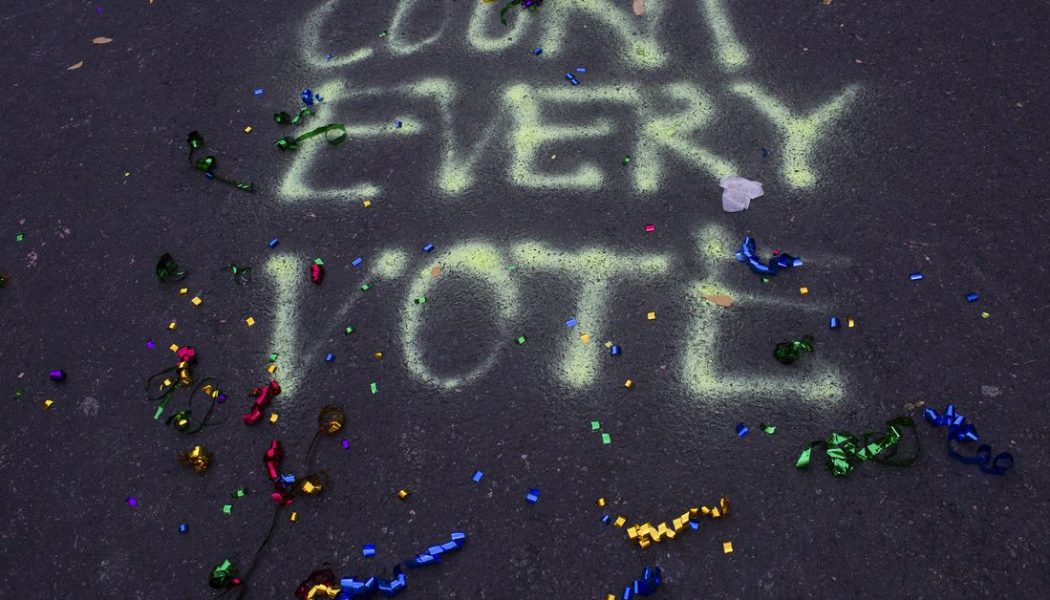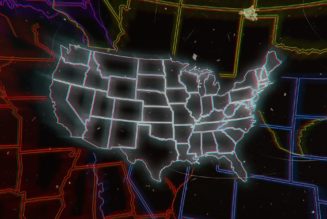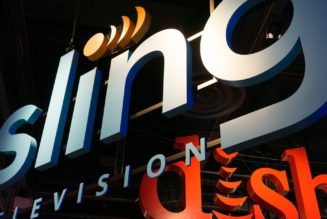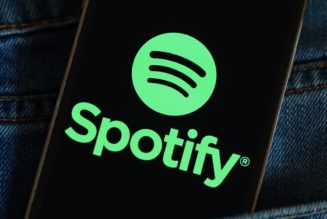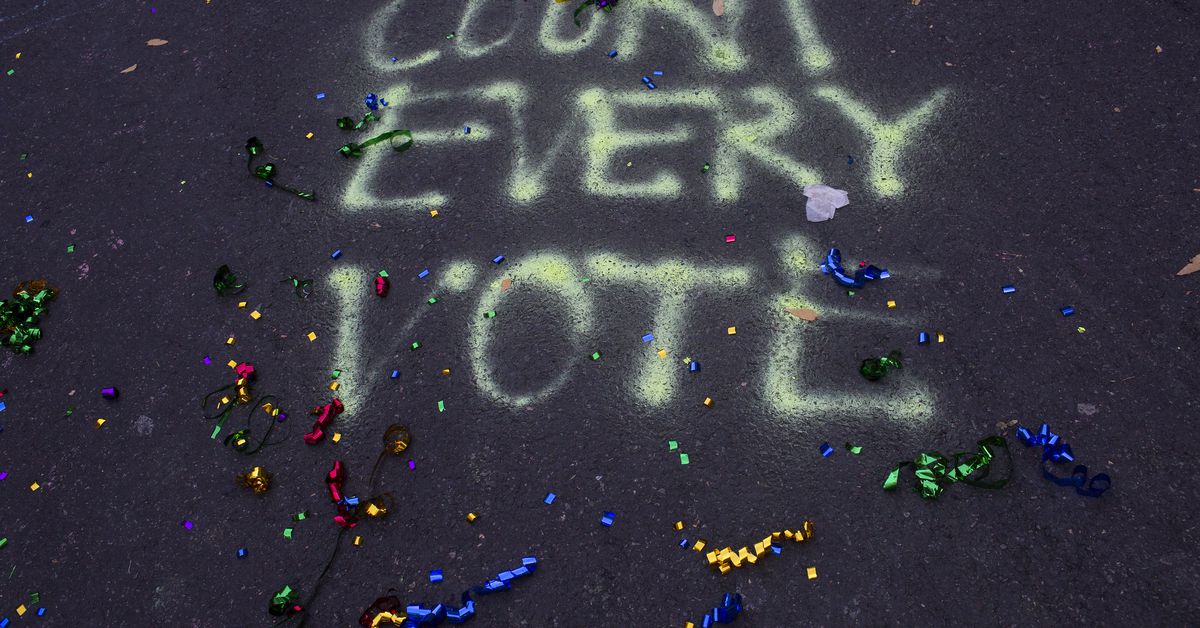
As it became clear that the votes cast on Election Day in several key states would take time to tally, President Trump started the drumbeat to “stop the count” before all ballots had been accounted for. But Democratic activists were prepared to rally for counter-demonstrations. In Pennsylvania, where officials had cautioned that ballot-counting would take longer than usual, protecting the state’s 20 Electoral College votes seemed especially crucial. Within hours of Trump’s tweet, organizers in Pittsburgh held a “Count Our Votes” rally — a combination block party and demonstration, organized with tools and knowledge built over the course of months or years.
The rally was coordinated by a group of local protest organizations, including One Pennsylvania, which covers a coalition of activists in the Keystone State. “We flagged this as an issue ourselves six months ago,” said Erin Kramer, One Pennsylvania’s executive director. Together with fellow activist groups like 1Hood Power and Pittsburgh Protests, the group tapped into an established infrastructure.
For protests like Thursday’s Count Our Votes rally, Pittsburgh Protests organizers use Signal — ideal because of its disappearing messages function — to spread the word, contacting smaller coalitions, reaching out to local journalists, and coordinating rides to and from events. They research counter-protests (often using privacy-focused search engine DuckDuckGo) and share their work privately with fellow organizers on Slack. It’s a process that was stress-tested around Black Lives Matter protests this summer when the threat of police crackdowns and far-right reprisals made privacy and security of utmost importance.
Pittsburgh Protests, a coalition of Black organizers and activists in the western Pennsylvania city, is a hyperlocal group that formed after the death of George Floyd in Minneapolis. It coordinates a listing of local actions by groups including One PA, Pittsburgh Feminists for Intersectionality, No Cop Money PA, and 1Hood Power. Over the summer, Pittsburgh Protests held weekly demonstrations around the city of Pittsburgh and advised volunteers on how to keep communications secure.
Zarah Livingston, one of the Pittsburgh Protest organizers, said the group is careful about what technology they use — and recommend — to communicate with each other. All the tech they use puts the privacy and security of their members first, Livingston said, with settings that allow history and data to be deleted in the event someone’s phone is compromised or confiscated at a protest.
“I find Slack and Signal useful when I’m trying to reach people I need to talk to immediately, when we’re moving quickly,” Kramer said. “I’ve been surprised at how unhelpful Twitter and Facebook have been” for organizing local protests, she added, pointing to the case of an area reporter who tweeted a story about Q and had his account temporarily blocked. “The fact is that they can’t differentiate between a conspiracy theory and someone reporting on a conspiracy theory,” Kramer said of Twitter. However, Facebook is still useful for publicizing events — like the protest, which was announced on One PA’s Facebook page.
Kramer said a key to One PA’s efforts is its intersectional approach, not limiting to just one group or cause, but connecting with smaller groups with a progressive agenda to help pool resources and amplify each others’ messages. It worked to build consensus among many smaller, like-minded groups, Kramer said, adding that she saw 2020 as the year that ideologically aligned groups — pro-environment, pro-choice, anti-racism — began coordinating among themselves and trusting each other.
So when it became clear last week that the president and his supporters were going to try to stop voting in Pennsylvania, 1Hood and One PA already had plans for “Count Every Vote” demonstrations in place. And in addition to tools like Slack and Signal, they used tools developed by national organizations for progressive- and left-leaning groups, specifically tailored for mobilization.
Mobilize, for instance, is a kind of Eventbrite for politics. It connects volunteers with events and organizers help with some of the logistics of coordinating them. It was used by most 2020 Democratic presidential campaigns, including President-elect Joe Biden’s, as well as for Thursday’s Pittsburgh protest.
At the national level, 2016 was a wake-up call for progressives who realized that they needed more digital tools to reach out to would-be voters, not just on Twitter and Facebook where trolls abound and messages can get lost, but in online spaces more tailored to funneling people who wanted to demonstrate or contribute to the organizations that needed their help.
Mobilize and payments processor ActBlue became the hallmarks of the digital organizing infrastructure built in the wake of the 2016 elections. That infrastructure was tested over the summer as thousands protested the death of George Floyd and pushed for police reforms. So by the time the election finally rolled around, left-leaning activists were braced for anything — and were well-prepared.
Building networks that can be tapped for actions at a moment’s notice takes time and patience. Shaniqua McClendon, political director at Crooked Media, said its Vote Save America effort started in 2018 ahead of the midterm elections. “When we started Vote Save America half of it was just about voter education and people getting the information they needed to vote,” McClendon said in an interview with The Verge. “But the other half of it was to get people plugged in.”
Crooked Media, which produces the Pod Save America podcast, was founded in 2017 by former staffers in the Obama administration, partly out of their dissatisfaction with how the media covered elections, McClendon noted. “But the other part was, they were always hearing about all these bad things happening in the news, but no one’s ever telling people what steps they can take to actually change and affect these things.”
McClendon, who has experience working on political campaigns, is sensitive to the notion that local groups on the ground may feel wary of people “coming down from D.C.” to tell them how to do their work. She said Vote Save America has built trust by relying on the local grassroots organizations and letting them take the lead. “So people allow Vote Save America to be a partner to them, and they trust us because we have worked with other groups,” she said.
McClendon said when she joined the team in 2018, Crooked Media co-founder Jon Favreau told her, “We have all these people and they are willing to do whatever we recommend to have an impact so we need to start harnessing that and using it a bit more strategically,” she said. She pointed to the efforts around saving the Affordable Care Act in 2017. The podcast hosts and others told listeners to call Congress and tell their representatives they didn’t want to see the ACA repealed. So many people called that they ended up shutting down the Congressional switchboard.
“So I think kind of the big lesson is our people, our audience,” McClendon said. “They are primed and ready to take action. They just need a little bit of direction on what is the most impactful thing they can do with their time.”
Traditional social media like Facebook and Twitter, however, aren’t built for organizing and long-term power building, Mobilize CEO Alfred Johnson told The Verge. Mobilize launched in 2017 with the goal of harnessing some of the enthusiasm that fueled large events like the Women’s March in 2017.
“It was immediately clear that there were not effective ways of moving online audiences into discreet, effective actions,” Johnson said. Over the past three years, Mobilize has been used by more than 4,000 organizations, with about 4 million volunteers on 13 million “shifts,” or actions, he added.
“The mistake people often make is they think the election is the end, when the reality is, you have to take a longer view of organizing to make change over a period of many years,” Johnson said. “You may win along the way, but you need to sustain movements, and keep them growing.”
Presidential campaigns, Johnson said, typically build all of their digital tools and tech in-house, but those tools usually die when the campaign ends. The digital campaign built by Hillary Clinton’s team for the 2016 race, for instance, was entirely unusable for other campaigns, he said. “That’s the value of tools like Mobilize and ActBlue: They persist across electoral cycles and can keep organizing the things that matter.”
The coronavirus pandemic accelerated the push to organize online, Johnson said. “Until March of this year about 75 percent [of events] were in person, and when COVID happened essentially 100 percent our activity went into virtual events,” he said. “Organizing was fundamentally changed, it flipped into this mode where everything had to be virtual which was an enormous catalyst.” He admitted he was concerned that when COVID hit, mobilizing might shrink to nothing. But the volume exploded, he said, with 12x the amount of volunteering in 2020 as in 2018.
McClendon said she felt hopeful after hearing President-elect Biden’s speech on Saturday, in which he thanked the organizations that helped him win. “I think he is well aware that the people who turned out in Black communities in Georgia and Milwaukee, and in Detroit— that’s what made the difference for him,” she said. What Democrats have to figure out now is whether they’ll continue to only go after white, working-class voters or center their work around the Black and brown communities that helped Biden win, she added.
Vote Save America now has its sights set on the two runoff elections for Georgia’s Senate seats, working with Stacey Abrams — who McClendon and Johnson both agreed was a key factor in making Georgia a battleground state in 2020 — and her Fair Fight voting rights organization as well as the campaigns of Jon Ossoff and Raphael Warnock.
McClendon said Vote Save America has worked to push the idea among its volunteers that just because they can’t vote for a particular candidate in another state doesn’t mean the election doesn’t affect them. If the Senate and House aren’t controlled by Democrats, it makes it harder for Biden to deliver on a lot of his campaign promises, she noted.
“So we explain how all of this is interconnected and from the top of the ticket all the way down to school board race,” McClendon said. “We have to care about all of these elections, so that’s how we plan on getting people excited.”
